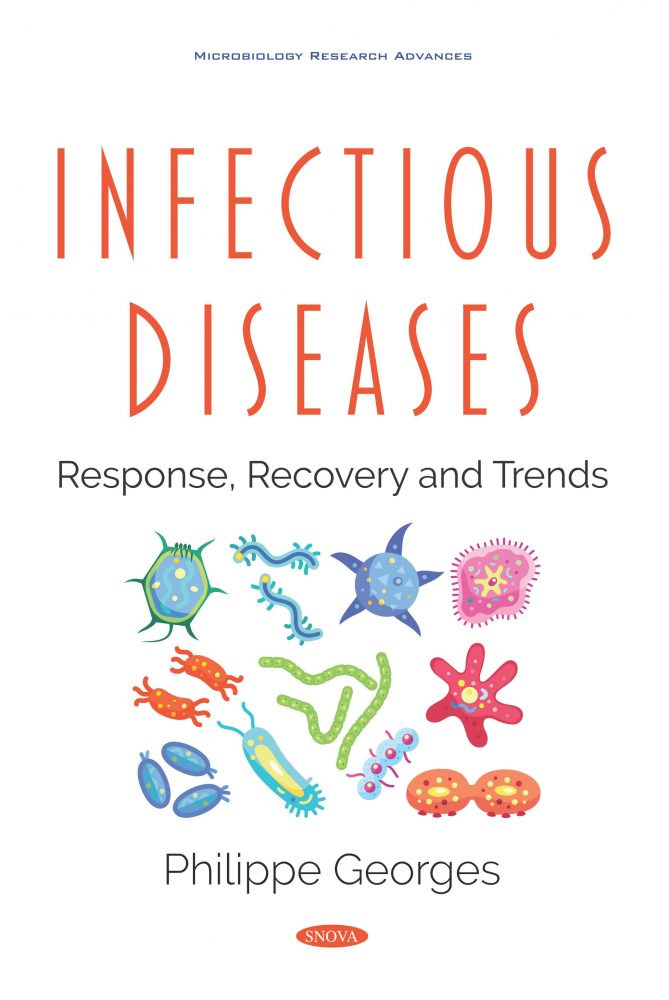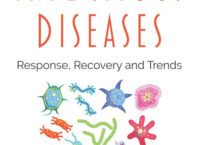
| ISBN | 1536164011 |
| ISBN13 | 9781536164015 |
| PRICE | US$230.00 特別価格で提供します |
| Author | Georges, Philippe |
| Edition | 1 |
| Pages | 296 |
| Publisher | Nova Science Pub Inc |
| 発刊 | 2019 |
| Categories | MEDIMEDICAL / Infectious Diseases / Microbiology |
An infectious disease threat is unique because of the transmissibility of diseases and the mobility of human populations. Infectious disease threats in recent years—such as Zika and Ebola outbreaks—have heightened the United States’ attention to future potential threats, and raised questions about the nation’s preparedness and response capabilities. Chapter 1 describes funding HHS has made available to awardees through its key preparedness and capacity-building programs—ELC, HPP, and PHEP; and these programs’ performance measurement data on the awardees’ infectious disease preparedness capacity.
The World Health Organization (WHO) declared the Zika virus a public health emergency of international concern in February 2016. Zika virus disease can cause adverse pregnancy and neurological outcomes. Chapter 2 examines information on what is known and not known about the epidemiology of the Zika virus, and any challenges with conducting surveillance and epidemiological studies, characteristics of different diagnostic tests authorized during the outbreak, challenges test manufacturers and users faced, and the extent to which FDA and CDC followed their own communication guidance, and the strengths and limitations of available mosquito control methods, and challenges federal agencies face supporting these efforts. Chapter 3 describes the status of funds obligated and disbursed from the Zika supplemental funding appropriated to HHS and its agencies; and how selected awardees used their Zika supplemental funding, and their experiences with applying for and managing the funding. Chapter 4 examines the status of USAID and State funding for U.S. Zika response overseas, activities supported by these funds, and implementation challenges, if any, and responses to any challenges.
The 2014-2015 Ebola outbreak in West Africa caused long-term second-order impacts, including disruptions to health systems, job loss, and food insecurity. As of September 30, 2017, of the $1.6 billion that the U.S. Agency for International Development (USAID) had obligated for the Ebola outbreak. Chapter 5 examines obligations for USAID’s Ebola recovery projects, the status of USAID’s implementation of these projects, and USAID’s evaluation of Ebola recovery efforts. On August 1, 2018, the World Health Organization (WHO) reported a new Ebola outbreak in eastern DRC, about a week after declaring that a separate outbreak had ended in western DRC as reported in chapter 6.
Between September 2018 and May 2019, the number of African swine fever (ASF) outbreaks has rapidly increased, most notably in China, triggering economic losses in affected pork-producing countries as discussed in chapter 7.
As reported in chapter 9, Tuberculosis (TB) remains a major, and evolving, health challenge in many parts of the world and a priority for the U.S. Congress and international community.
Congress has long taken an interest in infectious disease prevention and control. According to chapter 10, the measles, mumps, and rubella (MMR) vaccine is 97% effective in preventing infection and related deaths, and routine MMR vaccination is recommended for all children.
